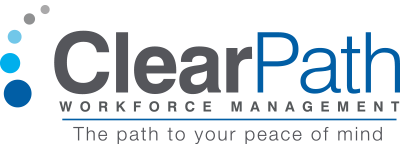I recently read an article that Staffing Industry Analyst (SIA), the global advisor on staffing and workforce solutions, reposted in their SIA Daily News, titled, “Should talent development programs include freelancers? (Fast Company).”1
There are several issues in the Fast Company article that I disagree with and want to explain why. I want organizations to know that they can compliantly engage with Independent Contractors (IC) and utilize this top-talent service in their workforce strategy, but they need to be careful about how they approach the training aspect so they don’t put their organization at risk for worker misclassification.
While the gig economy offers many benefits, there are also risks. By risks I mean the legal implications that can occur when engaging ICs, with many managers seeking out freelancers without understanding the compliance concerns around engaging non-employees.
By “Worker Classification”, let’s define what we mean. There are two primary ways to pay a worker. First, we usually think of an “Employee” as W-2. A company issues an “Employee” a W-2 tax form. The other way is when a company issues a 1099 for an “Independent Contractor/small business.” The issue has only intensified with the rise of the gig economy and connecting short-term talent with project-based work opportunities.
The word “training”
As the Fast Company article suggests, many companies think it is very important for them to train their independent contractors so they know exactly how to perform their jobs based on the company’s guidelines. However, the word “training” is a laden term in the worker classification area. Training implies that the company needs to teach the independent contractor how to do the job or improve their skills. If what you really mean is that you are sharing information with the independent contractor about customer needs, do not term this activity “training.”
Service Delivery
I would not recommend that an organization provide “training” to workers who are classified as Independent Contractors or if you call them “Freelancers,” paid on a 1099 basis. The amount of training given to the worker on how to do tasks may be indicative of “employee” status. This could put your organization at risk for a worker misclassification audit, which can result in fines, back taxes and penalties. What you can do is put all suggestions, orientation materials, governmental rules and regulations, information, etc. into a book and title it “Service Delivery.” You should not make these manuals mandatory for ICs. The word “training” should not appear in your organization’s written materials, contracts, brochures, websites, or accounting entries with reference to your independent contractors.
Integration
There are a lot of rules that companies must follow to classify a worker as an IC/1099 in the eyes of the government. Companies need to examine how the worker is going to be engaged (1099 or W-2) and should distance themselves and the worker if engaging a freelancer as 1099. The Fast Company article also advocates “integrating” the IC into the organization. This is something I don’t recommend doing because the more an IC is integrated into an organization, the more they could potentially be classified as an “employee.” ICs are not meant to be “integrated” into a company, by nature of their status as stand-alone business entities. They are engaged to perform a specific project on a milestone or deliverables basis and then be done. A continuing relationship or performing work that is integral to the company with an IC begins to look more like an “employer/employee relationship.”
Trial Basis
Another topic the Fast Company article mentions is to use ICs on a “trial” basis before hiring. ICs are not meant to be used on a “trial” basis before hiring. One of the most common red flags of worker misclassification is when a worker receives a 1099 and W-2 in the same year. This could cause your company to be audited by one or more of the federal or state agencies.
Get the benefits of engaging with Independent Contractors without the potential risks. ClearPath Workforce Management risk mitigation services bridge the gap where fear of risk may prevent engagement of top talent in the gig-economy. ClearPath, ClearIC™ has incorporated industry-leading technology to automate the IC compliance evaluation process, in a program managed by our experienced compliance specialists. It marries the efficiencies of an online system to collect data and documents with the knowledge expertise to apply rationale to the data and documents collected. You get the best of both worlds: online access to a logical, easy–to–use system, as well as attention to detail and expertise. If your organization could use some assistance navigating worker classification and IC compliance, let the experts with ClearPath assist you. You can request a complimentary review of your potential risk and exposure analysis from ClearPath and put your mind at ease.
Contact us to learn more about how our expert personalized service can let you get back to focusing on your business goals. Work with a leader in the industry for outsourced Human Resources and Payroll functions associated with W-2 and 1099 contingent workers. Let ClearPath be the path to your peace of mind.
Sources:
- Written by: Connie Wendt
- Posted on: November 29, 2018
- Tags: EMPLOYER OF RECORD SERVICE, ENGAGING W-2 WORKERS, GIG-ECONOMY, INDEPENDENT CONTRACTOR COMPLIANCE, TRAINING WORKERS, W-2 Worker Classification, Workforce Classification

